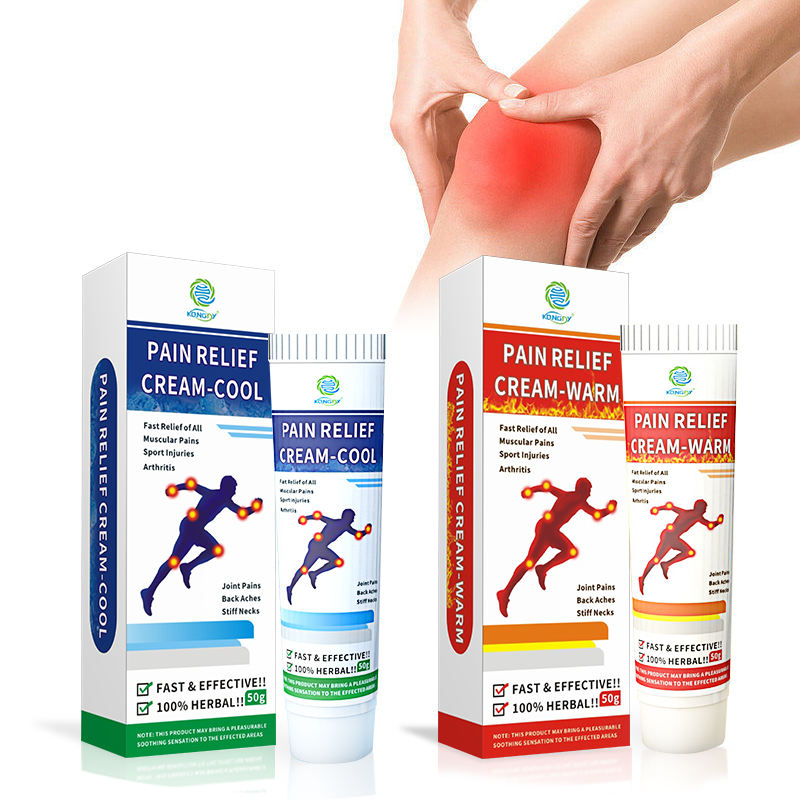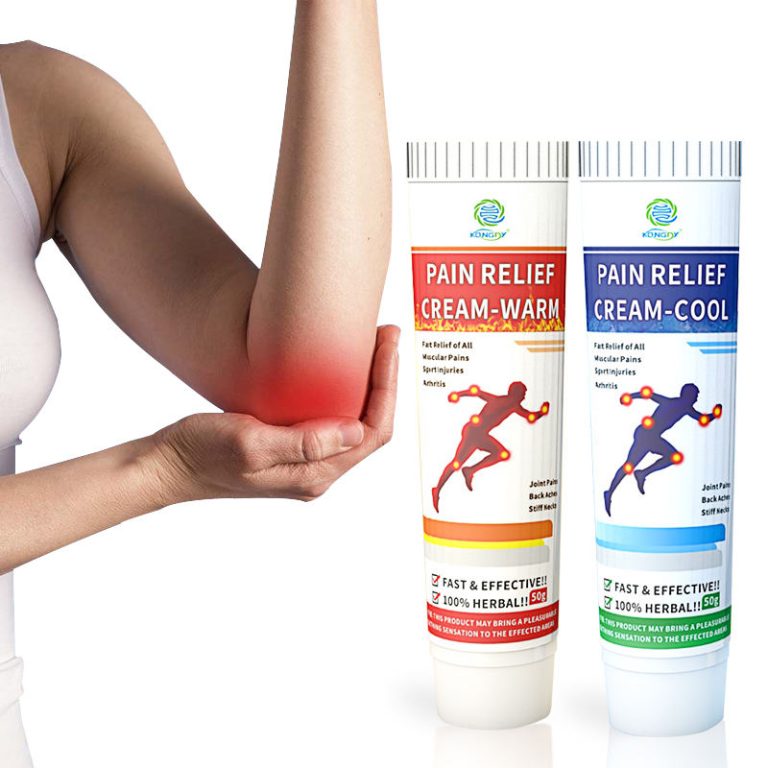From menthol gels to capsaicin patches, the pharmacy aisle offers an array of topical pain relief creams that provide temporary relief for muscles and joints. But with different active ingredients, it helps to understand the pharmacological mechanisms at work beneath the packaging.
Menthol pain relief creams are among the most ubiquitous over-the-counter analgesics. The menthol extract from peppermint plants induces a cooling sensation by stimulating cold receptors. This overwhelms the nerves, blocking pain signals from reaching the brain. Menthol also inhibits calcium ion fluxes involved in pain perception. The cooling effect increases blood flow, reducing inflammation.

Capsaicin pain relief creams utilize the active component that gives chili peppers their heat. Applying it to the skin causes a burning sensation, followed by pain relief by exhausting neuropeptides involved in pain signaling. With repeated use, capsaicin also reduces production of inflammatory substances like CGRP.
With various botanical extracts, pharmaceuticals, and novel compounds, over-the-counter analgesic creams employ diverse pharmacological strategies to relieve pain. Understanding the mechanisms helps match products to specific pain causes and guides proper usage.






